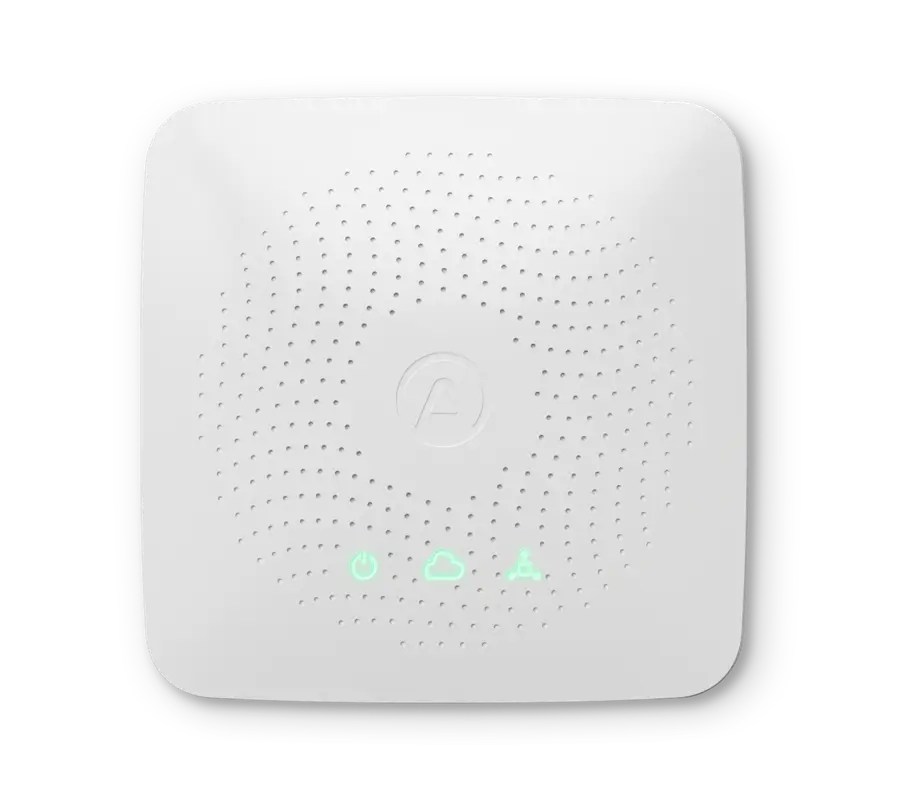Many states and countries worldwide are reminding us of the need to have smoke detectors in our homes. You may be thinking, why is this so important now? Note the flammable warning label on a new piece of furniture or product that you bring into your home. This is designed to indicate that the products are extremely flammable and should be managed with care. In fact, with today’s modern furnishings, fires can spread much more rapidly than in the past, where more natural materials were used1. Fires are not only an issue of the past but also an issue of our present.
Nowadays, many states and countries have actually made it a requirement to have smoke detectors in your home, backed by law. The National Fire Protection Association require as a minimum that smoke alarms be installed inside every room in which you sleep. This is in addition to requiring them outside each sleeping area and on every level of the home as detailed in the NFPA 72, National Fire Alarm and Signaling Code2.
Traditionally, smoke alarms, carbon monoxide detectors and fire extinguishers are at the forefront of fire and safety month. But there is a detector missing. Radon gas is the leading cause of lung cancer for non-smokers, radon is a radioactive gas that poses a significant health and safety concern to homeowners, especially those located in high-risk geographic regions3. The gas accumulates in indoor spaces with poor ventilation, and high quantities over long periods of time can be detrimental to our health.
More deaths attributed to radon gas than house fires4
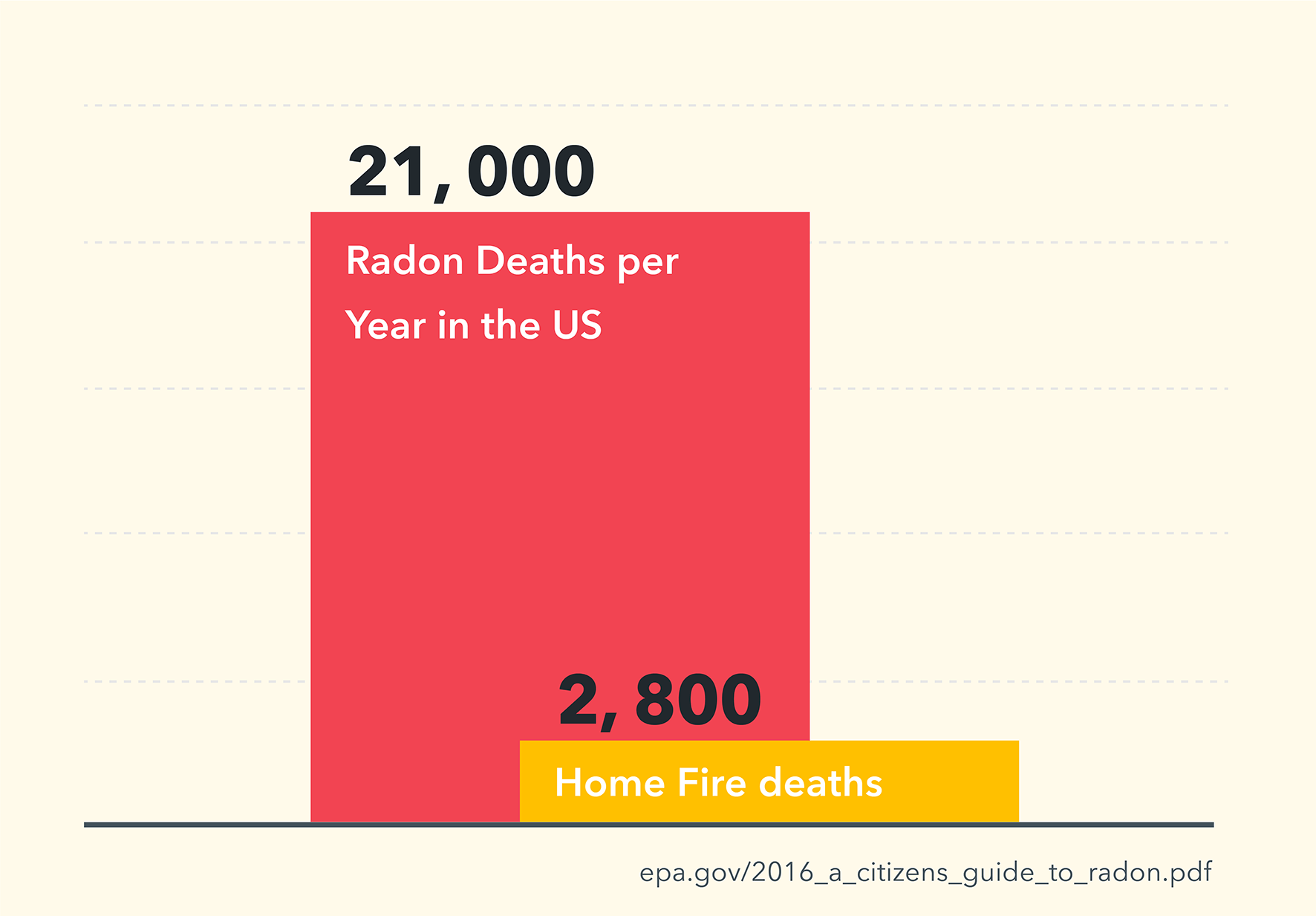
Though it is lesser known than other common household safety risks, radon gas is in fact quite dangerous.
Radon is responsible for approximately 21,000 deaths per year according to the Environmental Protection Agencies research5. This is extremely high, especially when you compare this to the number of deaths caused by home fires, a much smaller 2,800 per year.
Similarly, other statistics from the Center for Disease Control say that 430 people die in the U.S. from accidental Carbon Monoxide poisoning every year6. A much smaller number in comparison to yearly radon gas deaths.
Since radon levels fluctuate, the only way to gather an accurate understanding of them is through frequent monitoring, which Airthings detectors provide. Smoke detectors are found under every single roof and seem almost second nature in the context of daily life – now is the time to start thinking about radon monitoring the same way. The Airthings Digital Radon Detector belongs in the kitchen drawer or toolbox of every home in America.
Should I do short term or long term monitoring?
It is a common misconception that short term tests can provide adequate radon results. These short term tests only provide a snapshot of your levels, yet radon levels fluctuate over time and can be affected by many things. Even natural sources such as cold weather, wind, pressure and shifting soil—even earthquakes and local construction can affect it. For more in depth information about the difference between short and long term monitoring check out this article here→
Make sure your home is safe
To make it simple, we have created this safety monitor placement guide below. The idea is, that radon detectors should be as common as smoke detectors to help make homes safe. In fact, that's exactly what our mission statement includes.
“Our core mission at Airthings is to educate people everywhere about the dangers of radon and poor indoor air quality, and provide them with technology to help them live healthier lives.Radon deserves to be at the forefront of people’s minds as a serious threat to the health of their household, and the solution shouldn’t be intimidating, expensive or complicated."
- Oyvind Birkenes, CEO of Airthings.










.webp)
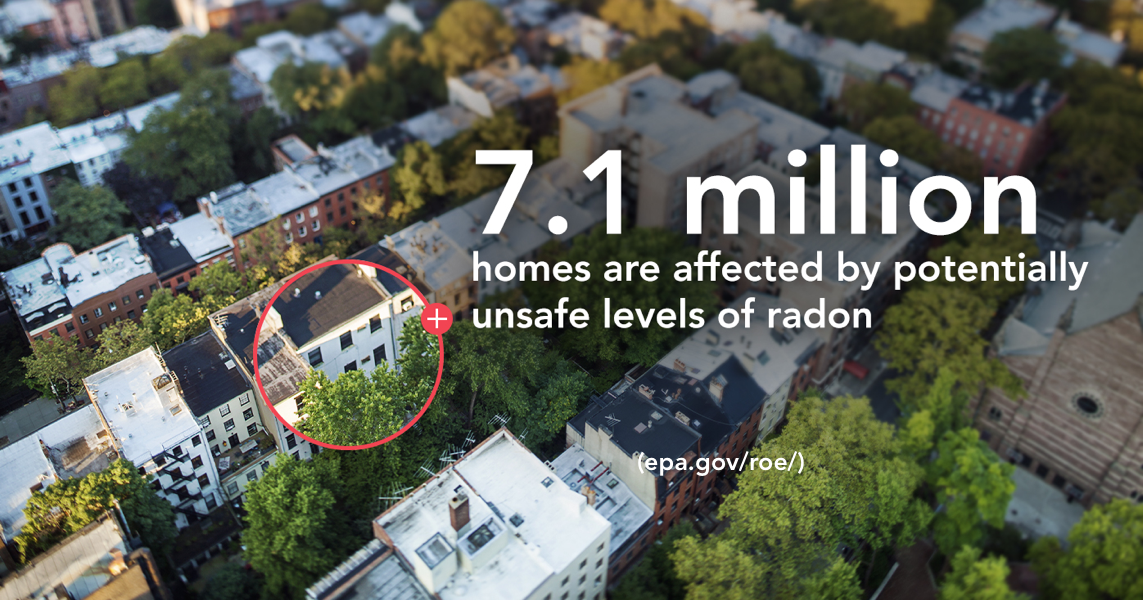
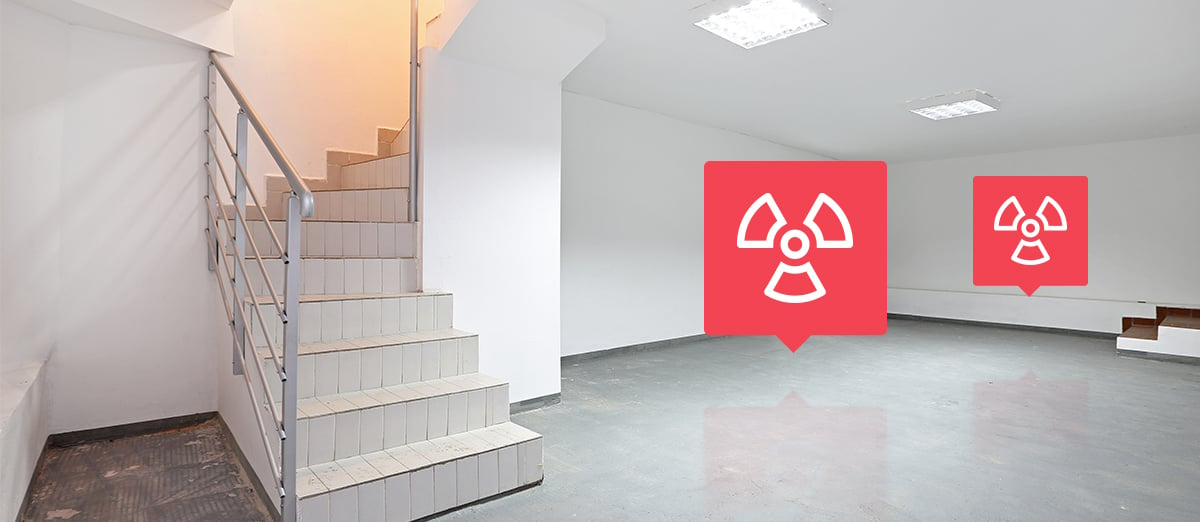
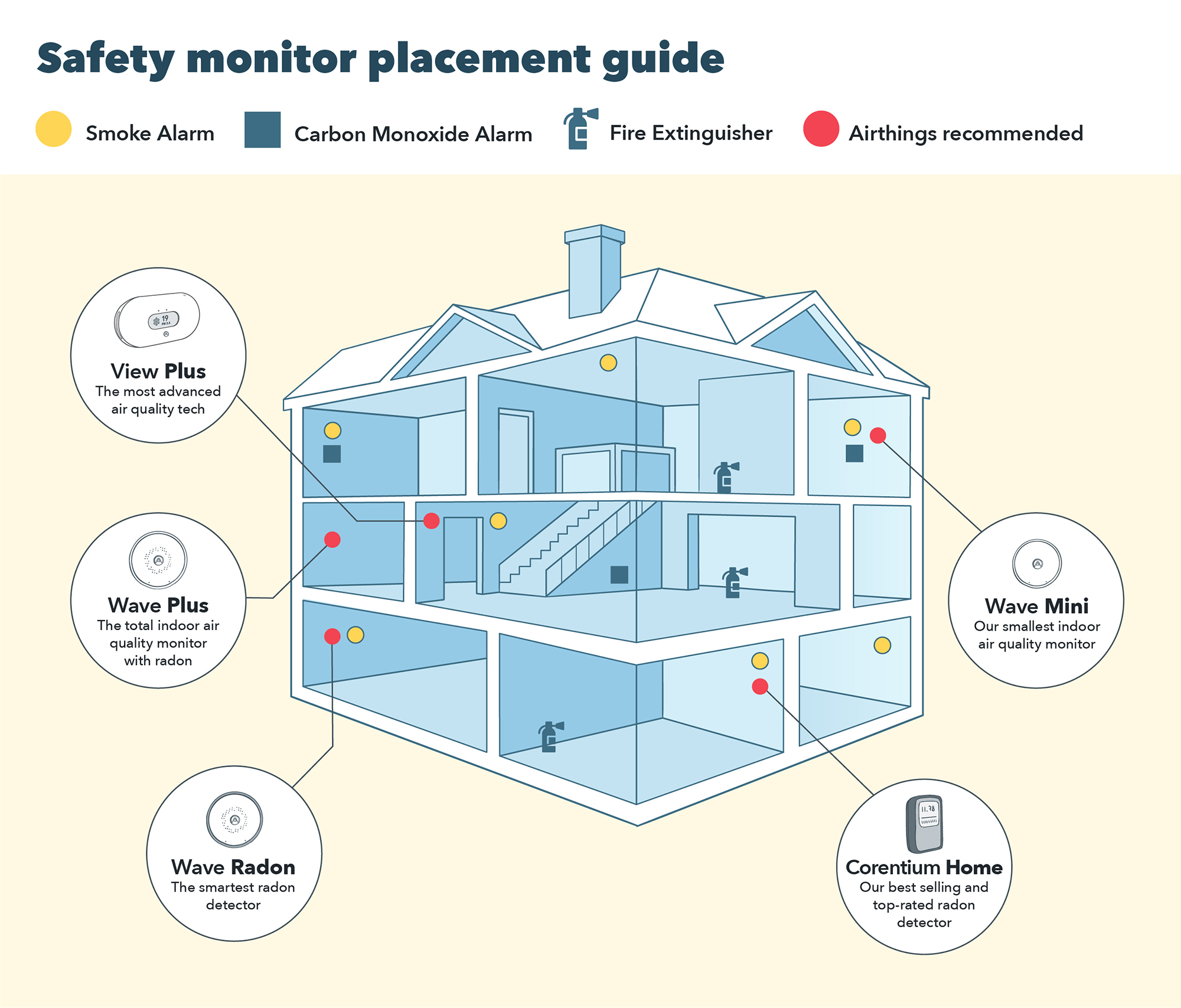
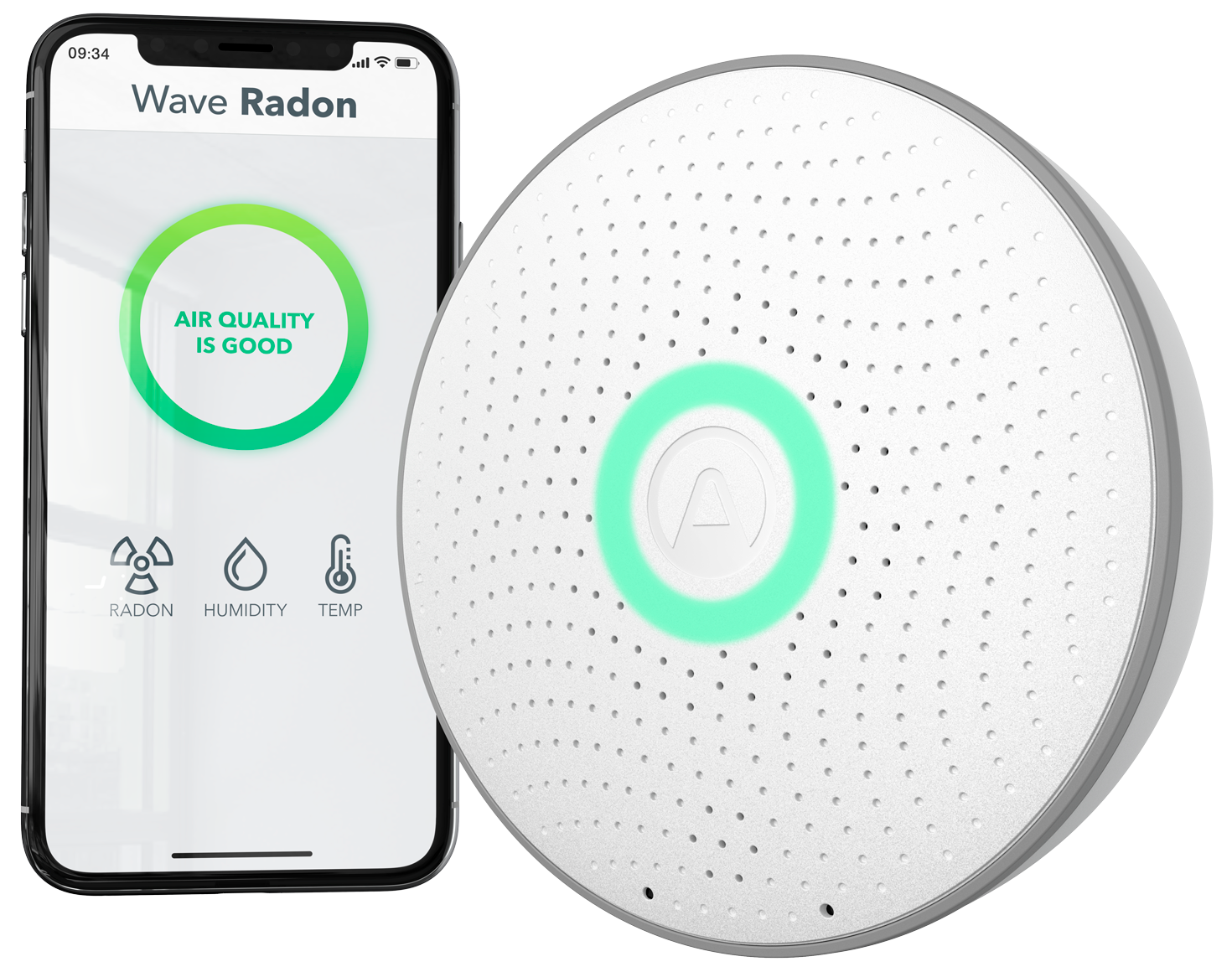
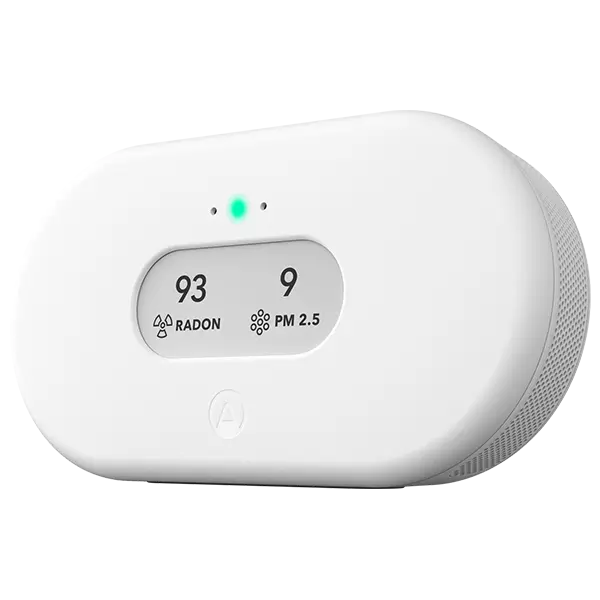
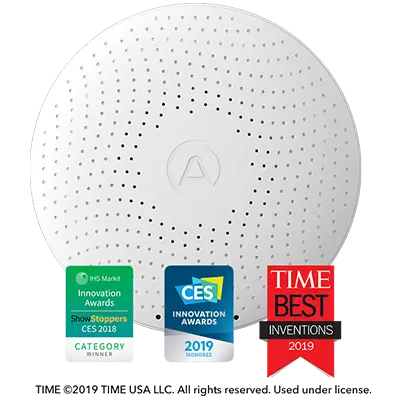
%20(1).webp)

%20(1).webp)
